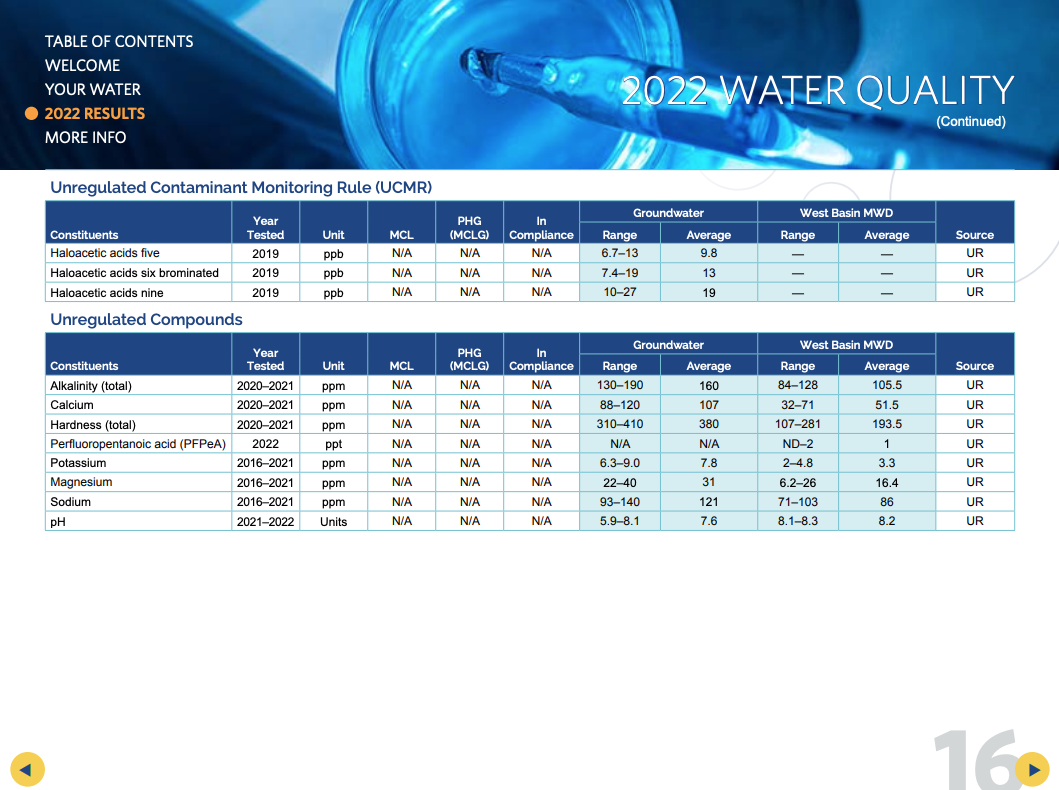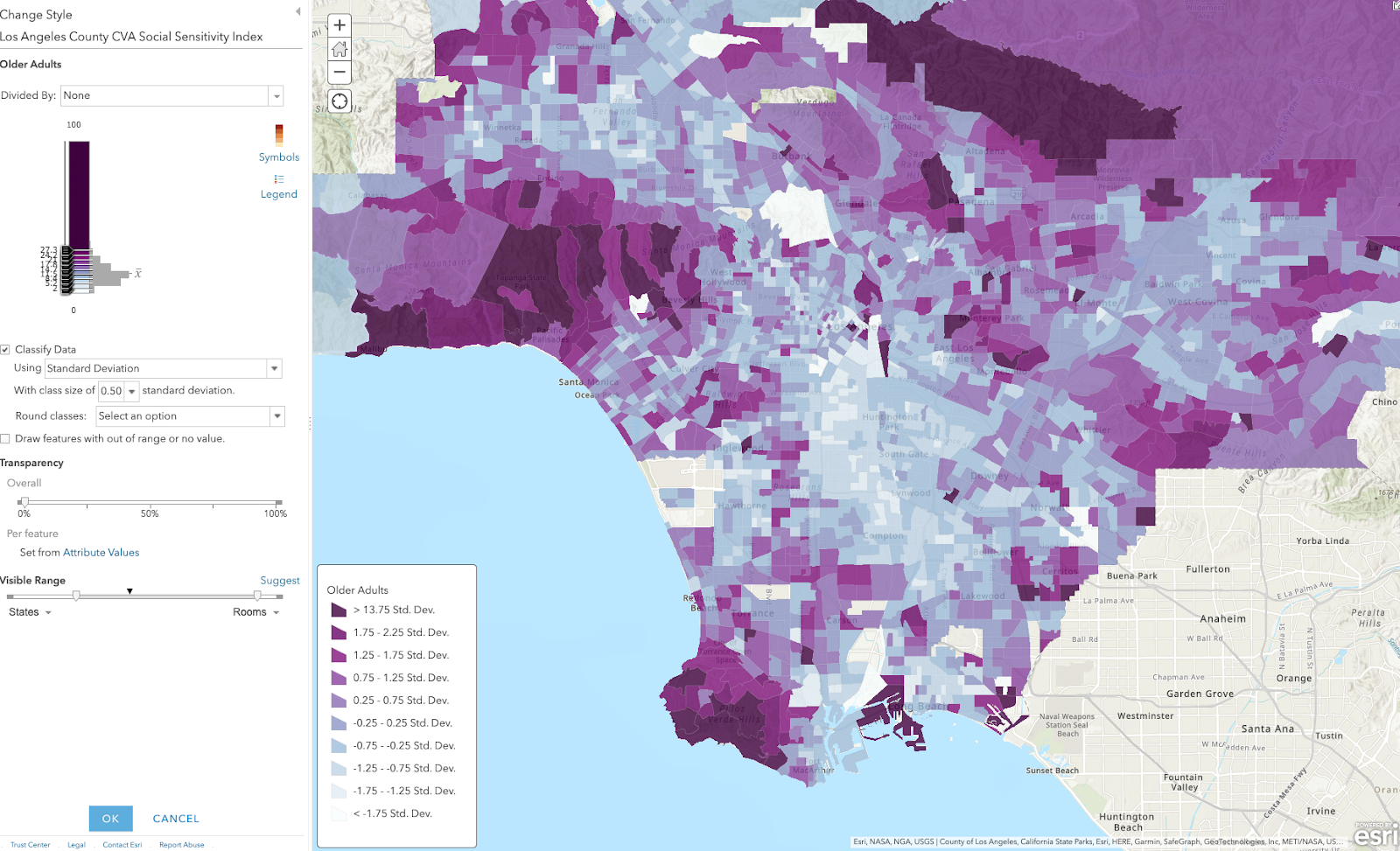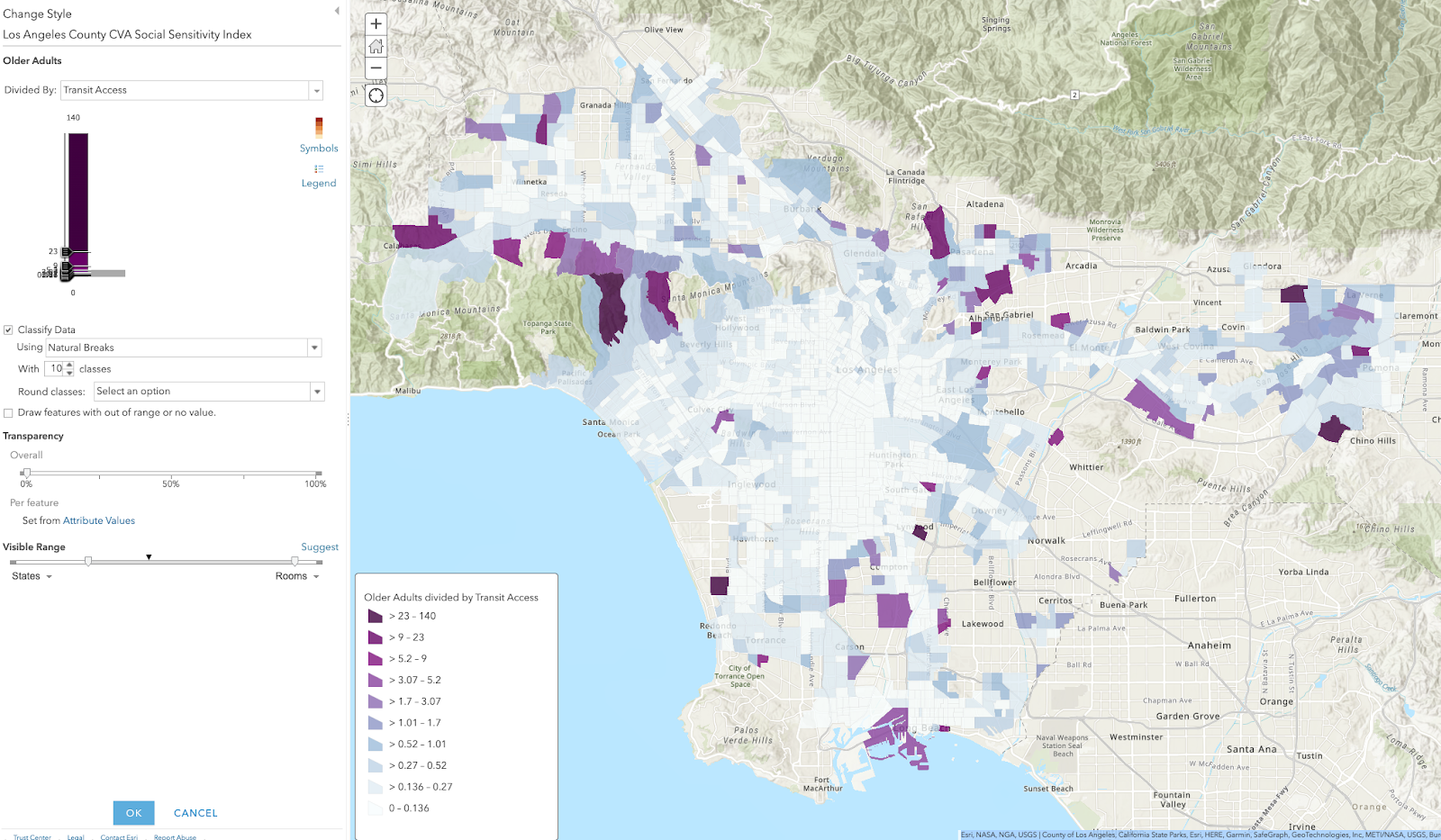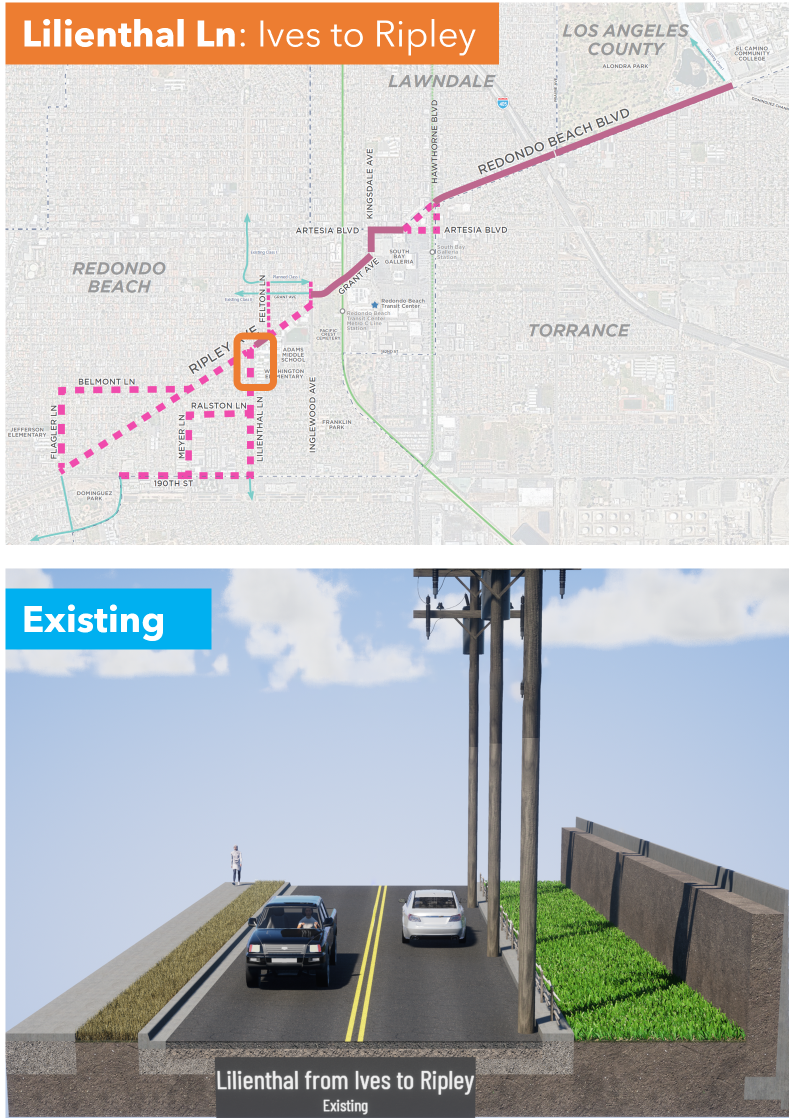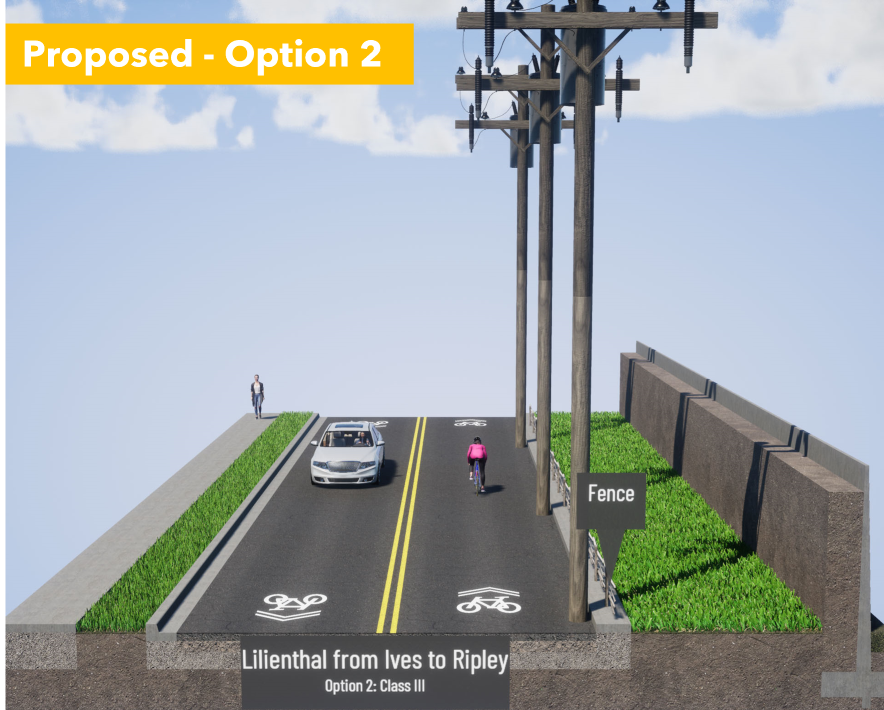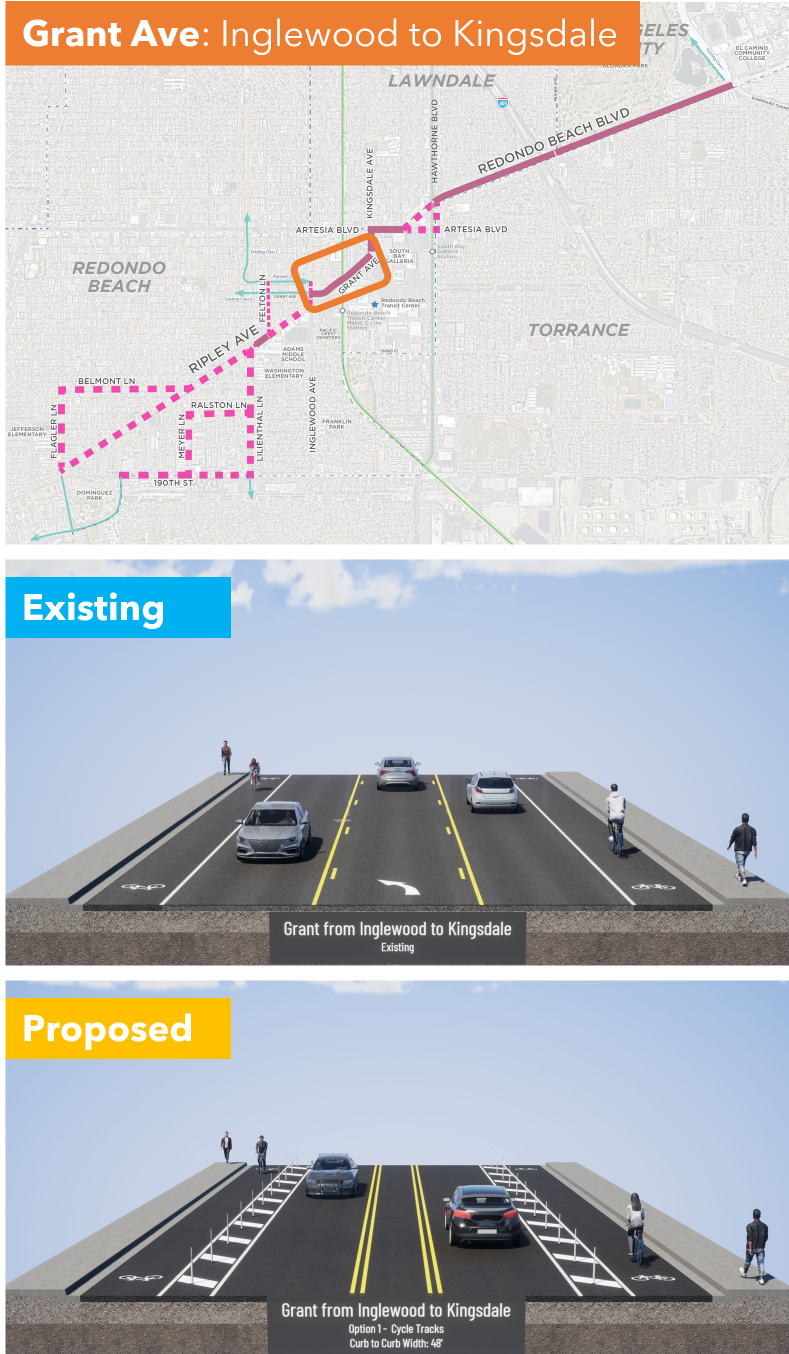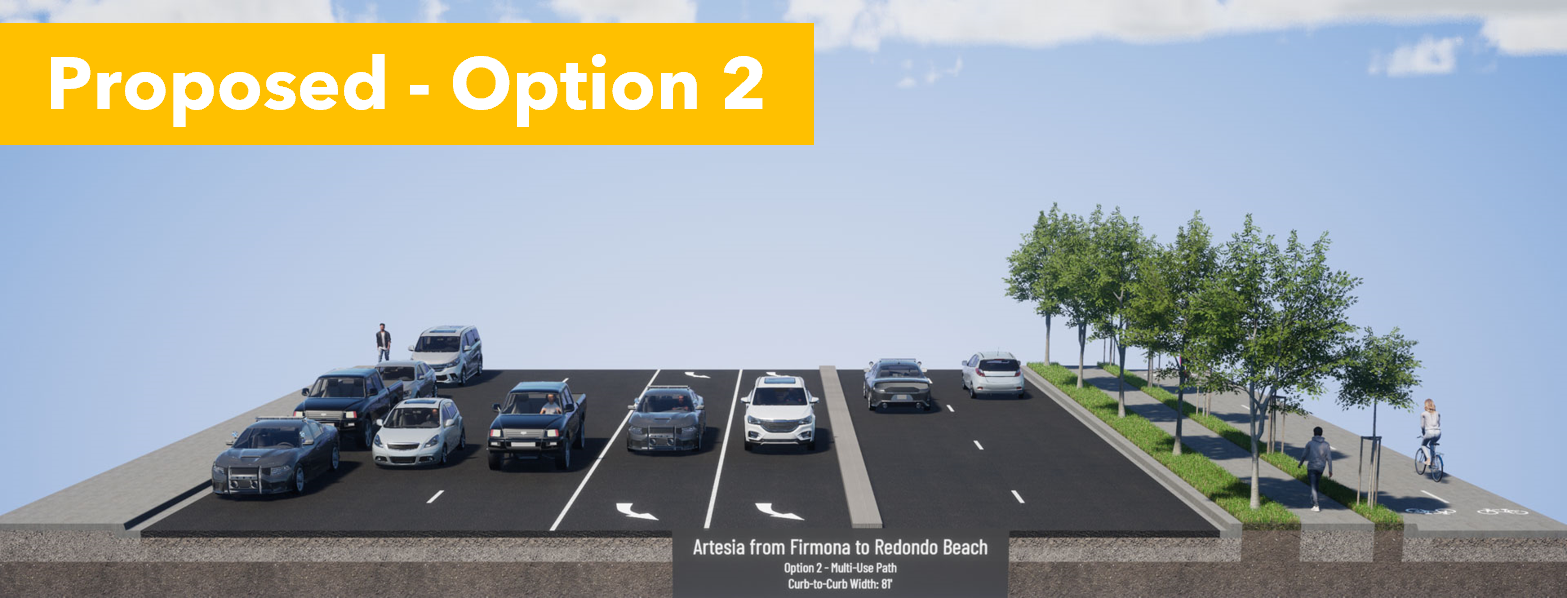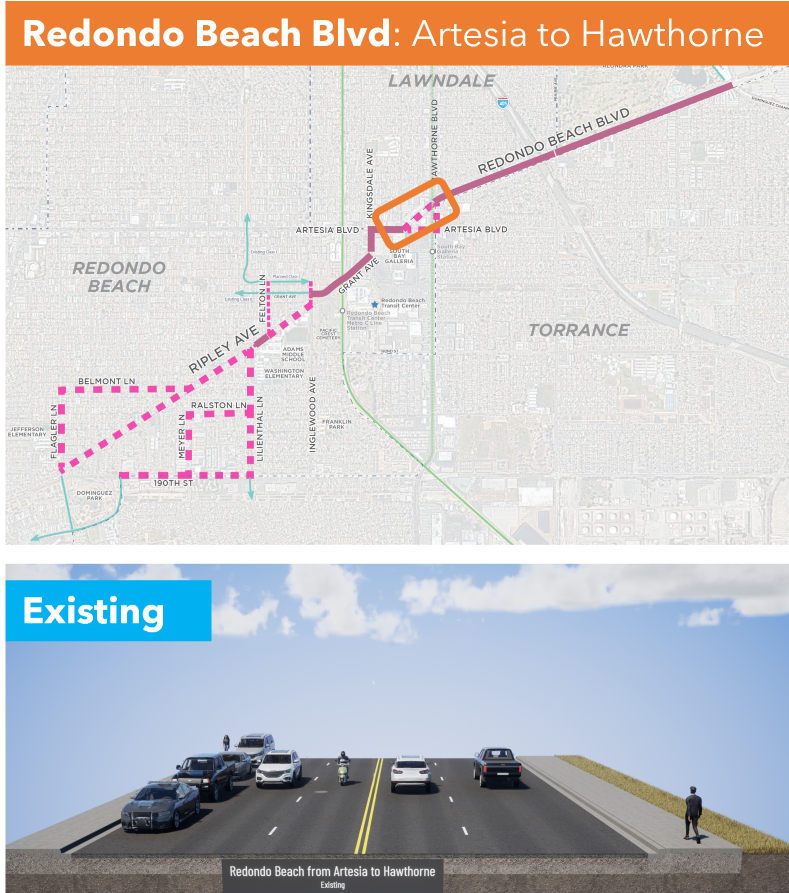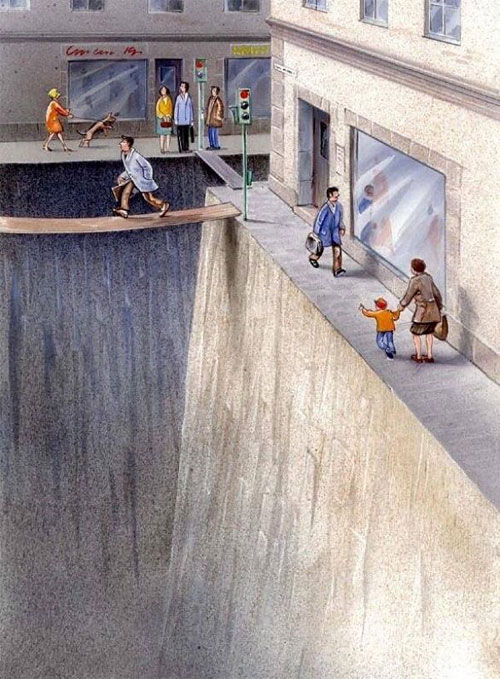I was going to title this post "Why I am not freaking out about PFOS/PFOA" but worried that it would be quoted out of context by people who don't read beyond headlines. The point is I am not worried about my personal exposure to PFOS/PFOA because I did a little research and am reassured that I live in an area where my water is safe. But that is not true for everyone. (PFOS & PFOA are a couple of flourinated compounds in the bigger class of PFAS.)
If you live in California, your water provider has to send you an annual Water Quality Report. It's no longer provided in hard copy with one of your monthly water bills. But the link to the report should be listed in one of your recent bills. For instance, read the California Water Service Rancho Dominguez District Hermosa-Redondo System Water Quality Report 2022.
Cal Water is a regulated monopoly that tests for PFOS/PFOA and similar flourinated compounds even though they are not required to. From page 10 of my report for Hermosa & Redondo Beach:
In March 2023, EPA issued a proposed national primary drinking water regulation
for certain PFAS. The proposed regulation calls for a maximum containment
level for PFOS and PFOA of 4 ppt each. Four additional PFAS—PFNA, PFHxS,
PFBS, and GenX— would have a combined hazard index limit of 1.0; the hazard
index calculation would determine if the levels of these PFAS as a mixture pose
a potential risk.
Knowing that these were constituents of emerging concern, Cal Water
proactively tested active sources in our systems for these PFAS years ago.
Although not required, we believed it was the right thing to do. In any areas
across the state where detections were above levels at which DDW recommends
water suppliers take action (the response level), we took the affected sources
out of service until treatment was or can be installed.
None of our active water sources have levels of these six PFAS compounds
over current California response levels.
Then on page 16, I can see that my local groundwater has no detectable PFAS and the imported river water (supplied by Metropolitan Water District) has a range of 0-2 ppt (parts per trillion) of PFAS and an annual average of 1 ppt. While adverse health effects can occur with any amount of PFAS above 0, my exposure is very, very small since I drink a blend of groundwater and Metropolitan water.
If you live in Hermosa Beach or North Redondo Beach, your water comes from a few wells near Artesia Blvd like this one behind state senator Ben Allen's field office.
The water is piped to blending tanks behind the new (and fantastic) bakery,
Tommy and Atticus.
From there, the water is pushed out in distribution pipes to 90278 and 90254.
What does it mean to take a water source out of service and treat it?
It means that water from each well is tested and, if it is too high, they stop using that well and serve you cleaner water from another source (uncontaminated well or imported water purchased from MetropolitanWD).
CalWater found PFOS/PFOA at a well in Montebello (east of DTLA) and took the well off-line in February 2020, and began construction of a facility to remove the contaminants in December 2020. In January 2022, they held a ribbon cutting for the updated facility and returned the well back to service.
The technology is simple and well-known. Read the EPA's explainer, Reducing PFAS in Drinking Water with Treatment Technologies.
Well water is passed through a bed of Granular Activated Charcoal (GAC), which adsorbs a whole bunch of stuff I don't want to drink (some dangerous, some merely unpleasantly smelly). A regularly refreshed bed of GAC can remove PFOS/PFOA to below detectable levels (ND = none detected).
But what do you do when the GAC becomes saturated with contaminants? In the case of a Brita Filter, I toss the old one in the trash, run the pitcher components through the dishwasher to disinfect them, and install a new filter.
At the water treatment plant, they use a polymer resin to perform
anion exchange to pull the adsorbed chemicals off the charcoal. The resin can be incinerated at a high temperature to destroy the PFAS. The charcoal can be reused for years. The resin is expensive and also relies on having access to a high temperature incinerator (which we have in
Long Beach with SERRF.) This treatment process adds about $50/AF (acre-foot) to the cost of water, enough for 5-10 people for a year. For a large water system, this is affordable.
However, PFAS is a problem around the world, including places that can afford charcoal but not the resin. That's why I found so many papers about how to remove PFAS from charcoal using heat so that they can reuse the charcoal.
Thermal Stability and Decomposition of Perfluoroalkyl Substances on Spent Granular Activated Carbon
Recent advances on PFAS degradation via thermal and nonthermal methods
Thermal destruction of PFAS during full-scale reactivation of PFAS-laden granular activated carbon
I'm happy that all of these papers are open access (doesn't require $$ purchase) because the authors paid for open access. This kind of knowledge should be available to everyone.
Anyway, back to the LA Times newspaper articles that freaked so many people out and lacked context.
Risk of tap water exposure to toxic PFAS chemicals higher in Southern California cites a
USGS study that sampled 700 public and private wells around the country. They modeled the characteristics of the sampled wells and estimated that 45% of US wells are contaminated with at least one PFAS chemical. SoCal wells are more likely to be contaminated due to urbanization (industrial facilities, domestic wastewater) and past foam retardant use (fighting wildfires and at airports).
Since there is no requirement to test for PFAS, your water supplier may not test for it. So I may not be panicked about PFAS because I have been reading my annual water quality report, but most people never bother to read it. Many people don't even know who their water supplier is, but that's a whole other story.
If you live in SoCal, your water supplier buys imported river water through
Metropolitan Water District either directly, or from a subregional water wholesaler like West Basin MWD at a cost of $1,400-$1,800/AF. Well water costs about half as much as purchased imported river water, if your water supplier owns permits to pump groundwater. Building a GAC treatment facility at $50/AF is worthwhile because well-water is still a bargain compared to imported river water and we have a convenient and safe way to dispose of the PFAS removed from the water.
I co-organize a monthly series for the League of Women Voters called WIG, the Water and Infrastructure Group. Upcoming discussion topics/speakers, recordings of past meetings/talks and other educational info can be found on the
LWV Beach Cities Natural Resources Page.
Hopefully, this will inoculate you against sensationalist newspaper headlines like
Brita water filter company accused of false advertising. Have you ever installed a Brita filter wrong so that the water runs right through the gaps on the side of the filter? Do you always change your filter as often as the label on it? I'm fallible. I'm using the Brita filter just to remove unpleasant odors. I expect it to reduce contaminants, but not to remove them altogether. I am running a home kitchen, not a water treatment facility. But I do expect my water company to supply safe water to my home.
Read your annual water quality report. There are some smaller water systems that can't afford to fancy water treatment systems and are too remote to hook up to cleaner water supplies. Then there are big water systems like LADWP that politically can't raise water rates so they put off maintenance and upgrades. Look at how bad the LADWP water scores relative to other LA County water systems! (Data and visualization from the
CalEnviroScreen 4.0 Indicator Map of Drinking Water Contaminants.)
If I lived in the City of LA, I would be writing my council members and to the press every week. This is just so embarrassingly bad. (Fortunately, CA drinking water is very clean on a national scale, so you can be in the worst tenth (like LADWP at 90th percentile for CA) and still pass all federal EPA standards. But, for a large water system in an urban area, this kind of water system neglect is just inexcusable.












